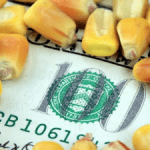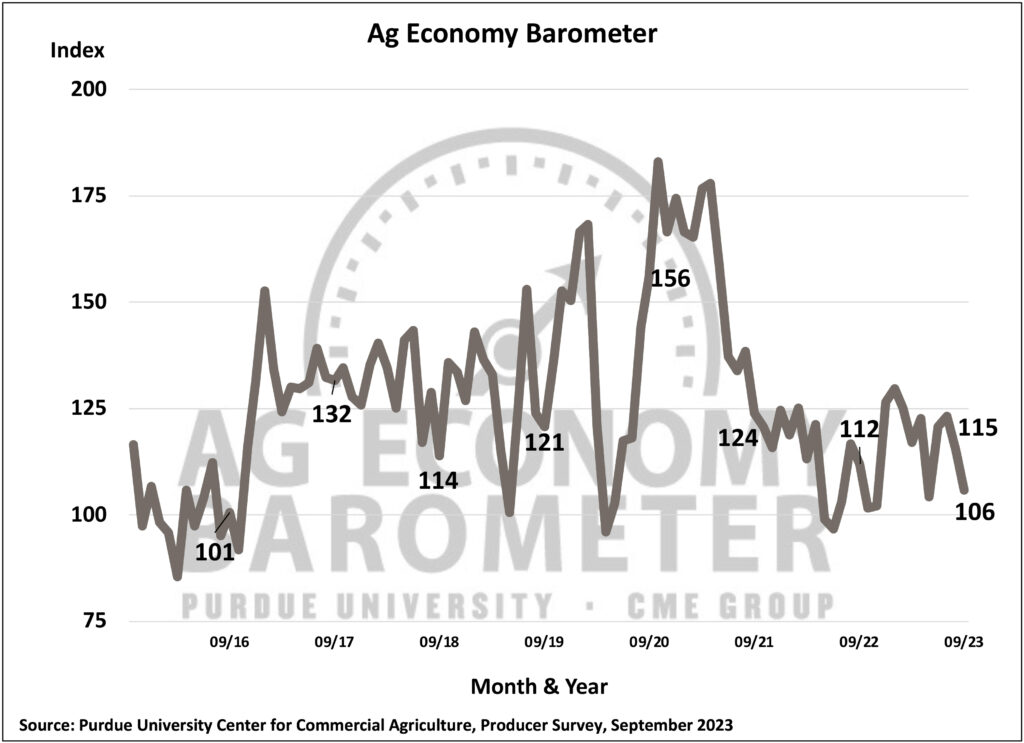By: Robert Moore, OSU Extension
 Gifting can be an important part of a farm transition plan but it is important to understand the tax implications of gifting. Taxable gifts refer to the total value of gifts given to others during a calendar year, which may be subject to gift tax under the U.S. tax code. These gifts can include various types of property, money, or assets. The determination of taxable gifts considers the fair market value of the transferred assets and any applicable exclusions or deductions provided by the tax code. Currently, an individual may gift up to $17,000 each year to an unlimited number of people. These annual exclusion gifts are not subject to gift tax. Gifts made in excess of $17,000 are either subject to gift tax or reduce the lifetime gift exclusion by the amount of the excess gift. For a detailed discussion of gifting, see the Gifting Assets Prior to Death bulletin at farmoffice.osu.edu.
Gifting can be an important part of a farm transition plan but it is important to understand the tax implications of gifting. Taxable gifts refer to the total value of gifts given to others during a calendar year, which may be subject to gift tax under the U.S. tax code. These gifts can include various types of property, money, or assets. The determination of taxable gifts considers the fair market value of the transferred assets and any applicable exclusions or deductions provided by the tax code. Currently, an individual may gift up to $17,000 each year to an unlimited number of people. These annual exclusion gifts are not subject to gift tax. Gifts made in excess of $17,000 are either subject to gift tax or reduce the lifetime gift exclusion by the amount of the excess gift. For a detailed discussion of gifting, see the Gifting Assets Prior to Death bulletin at farmoffice.osu.edu.
In addition to direct gifts, the payment of a bill or expense on behalf of someone else is usually considered a gift. However, there are two specific exceptions. The IRS allows education expenses and medical expenses to be paid for someone without being considered a gift. These exemptions may present opportunities for those who are limited by the $17,000 annual gift limit.
Education Expenses
Paying tuition directly to a school is not considered a taxable gift. There are two important points to remember regarding tuition payment. The tuition must be paid directly to the institution, the payment cannot go directly to the student. Second, the exclusion applies only to tuition payments. Other school-related expenses like books, supplies, and room and board costs are not eligible for this exclusion.
Consider the following example:
Dale has a grandchild who attends Harvard. The tuition at Harvard is very expensive and Dale would like to help his grandchild. Dale sends a check to Harvard for $50,000 to be applied to tuition. The $50,000 that Dale paid for his grandchild’s tuition is not considered a gift and therefore does not count toward the $17,000 annual exclusion gift. Dale could still gift up to $17,000 directly to the grandchild and still not exceed the annual gift exclusion.
Medical Care
Payments that qualify for the medical exclusion are those made directly to a healthcare provider, medical institution, or medical insurance company for someone’s benefit. Transportation and lodging costs related to the person’s medical care can also be covered, but there are specific rules, so it is best to consult with a tax professional. The payments must go directly to the care provider or insurance company, not to the individual receiving care, to avoid it being considered a taxable gift above the annual exclusion amount.
Consider the following example:
Waylon and his neighbor Tom are lifelong friends. Tom is at Waylon’s house for dinner when he begins to have extreme stomach pain and nausea. Waylon calls 911 and an ambulance takes Tom to the hospital. Once at the hospital, Tom is rushed into surgery to have his appendix removed. A few weeks later, Tom receives a bill from the hospital for $25,000. Waylon knows Tom has been down on his luck financially and he does not want Tom stressed about the cost of the life-saving surgery. Waylon pays the full $25,000 directly to the hospital for Tom’s surgery. Additionally, Waylon gifted Tom $10,000 to help cover his lost wages while he recovered. By using a combination of the medical expense exemption and the annual gift exclusion, Waylon was able to help out Tom with $35,000 without having to pay gift taxes or adversely affecting the lifetime gift exemption.
Estate Planning Implications
Farmers who may wish to transfer wealth to others during their life should keep in mind the annual gift exclusion and the education and medical payment exclusion. These strategies allow money or other assets to be transferred without negative gift or estate tax implications. Using these exclusions can help farmers plan their estates by passing on assets, supporting education, and managing healthcare expenses with fewer tax issues.








